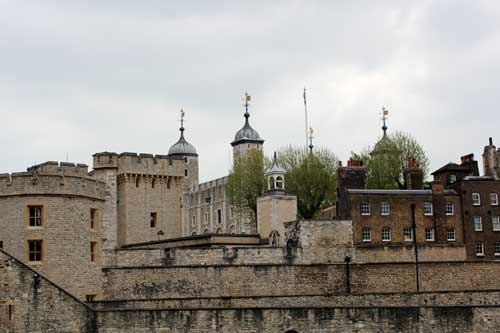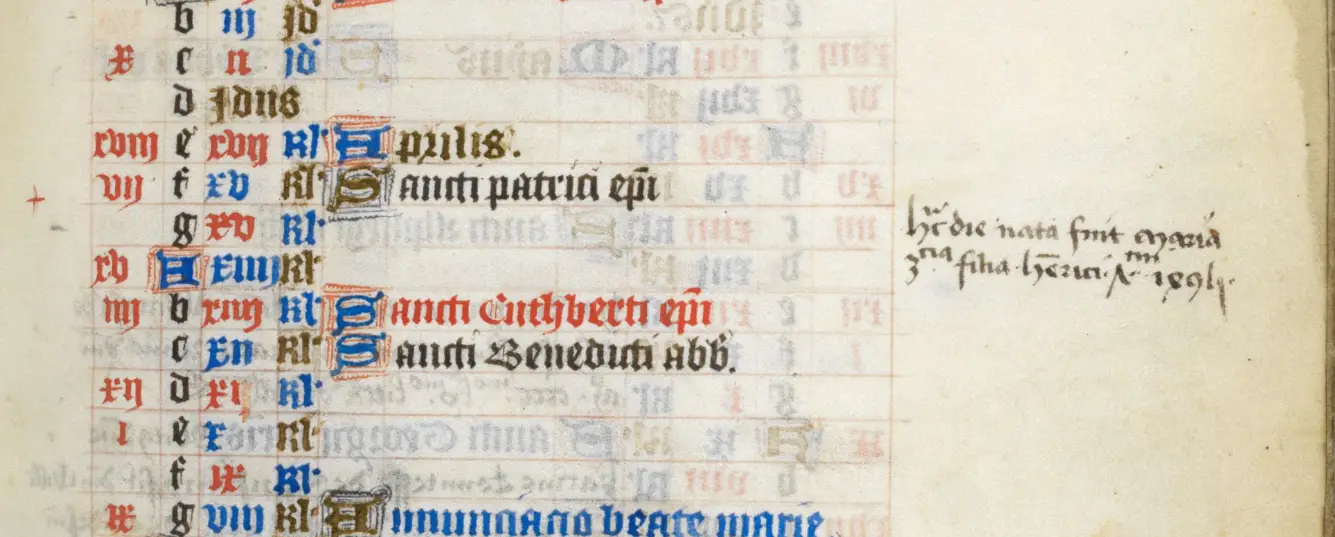 Palm Sunday is the sixth Sunday in Lent and marks the start of Holy Week. It commemorates the triumphal entry of Jesus Christ into Jerusalem on a donkey the week before the Resurrection. It is an event which features in the Gospels of Matthew, Mark, Luke and John, and here it is from John:
Palm Sunday is the sixth Sunday in Lent and marks the start of Holy Week. It commemorates the triumphal entry of Jesus Christ into Jerusalem on a donkey the week before the Resurrection. It is an event which features in the Gospels of Matthew, Mark, Luke and John, and here it is from John:
On the next day much people that were come to the feast, when they heard that Jesus was coming to Jerusalem, took branches of palm trees, and went forth to meet him, and cried, 'Hosanna: Blessed is the King of Israel that cometh in the name of the Lord.' And Jesus, when he had found a young ass, sat thereon; as it is written, 'Fear not, daughter of Sion: behold, thy King cometh, sitting on an ass's colt'. (John 12: 12-15, King James Version)
In Tudor times the priest would read out the story and then bless branches of greenery to be used in processions. Apparently, a wooden donkey on wheels was used in some processions!
In many countries today, we celebrate Palm Sunday with palm leaves or crosses made out of palm leaves, but these leaves were hard to come by in Tudor England, so they would use local greenery, which was blessed before it was made into crosses. The crosses were taken home and placed over the doorway to protect the family from misfortune and witchcraft. The cross was a reminder of Christ’s message and the greenery also symbolised spring and new life. The crosses were later burned to make ashes for the following year's Ash Wednesday ceremonies.
A special shrine would also be prepared for Palm Sunday. This shrine contained the blessed Sacrament to represent Jesus Christ, and the church's own relics. The clergy carried this special shrine around the outside of the church as the laity processed around the church in the opposite direction, with the two processions meeting at the church door. The Lent veil (a veil hiding the chancel from the nave during Lent) was drawn up and then dropped down again as they passed. In rural communities, the local priest would also lead a procession to bless the fields for a good harvest. He would carry a solar monstrance, i.e. a sun shaped receptacle with a glass centre containing the consecrated Host. The Host was held in place by a luna, a container of glass and gilded metal. Blessing the fields with this solar monstrance was seen as a blessing from Christ himself. A good harvest was, of course, vital to a rural community.
Palm Sunday celebrations were suppressed in the reign of Edward VI, brought back again in Mary I's short reign, but then suppressed again in Elizabeth I's reign.
(Taken from the March 2016 edition of Tudor Life magazine)
Image: Jesus enters Jerusalem, by Giotto, 14th century.



Happy Palm Sunday and Happy Passover and Passiontide to all. We still do all these things in Holy Week. The father reads the whole passion gospel, with help from the congregation. We still wash feet on Maundy Thursday. The host is still carried to the shrine and we still have palms. The palms become ashes for next Ash Wednesday. The statues are still covered and purple worn for mourning. On Friday we will remember the sacrifice Christ made with the Stations of the Cross, reverence of the holy cross and the Blessed Host. The hosts are blessed the night before. On Good Friday we also have a peace walk locally. On Holy Saturday we will have a Walk of Witness, although I will be at Anfield to lay flowers, even though the memorial service is not taking place, then the First Mass of Easter at midnight after the service of Light when we take candles into the Church and light the fire and Pascal Candles. Easter Sunday the normal celebrations of the Resurrection. The Bank Holiday is feet up time. However you remember this week or not, have a happy and safe time. Best wishes to all.
What a beautiful Palm Sunday celebration. I hope you did the same thing this year, it all sounds so lovely.
Here’s a link to a photo of the Palm Sunday procession yesterday in our nearest town – https://www.facebook.com/tijoladigital/photos/a.506328302740422.112271.117401864966403/1823757474330825/?type=3&theater. Semana Santa, Holy Week, is full of processions here in Spain.
Thank you kindly for sharing! Love.
That’s ok, I’m happy to share, I love the traditions we have here.